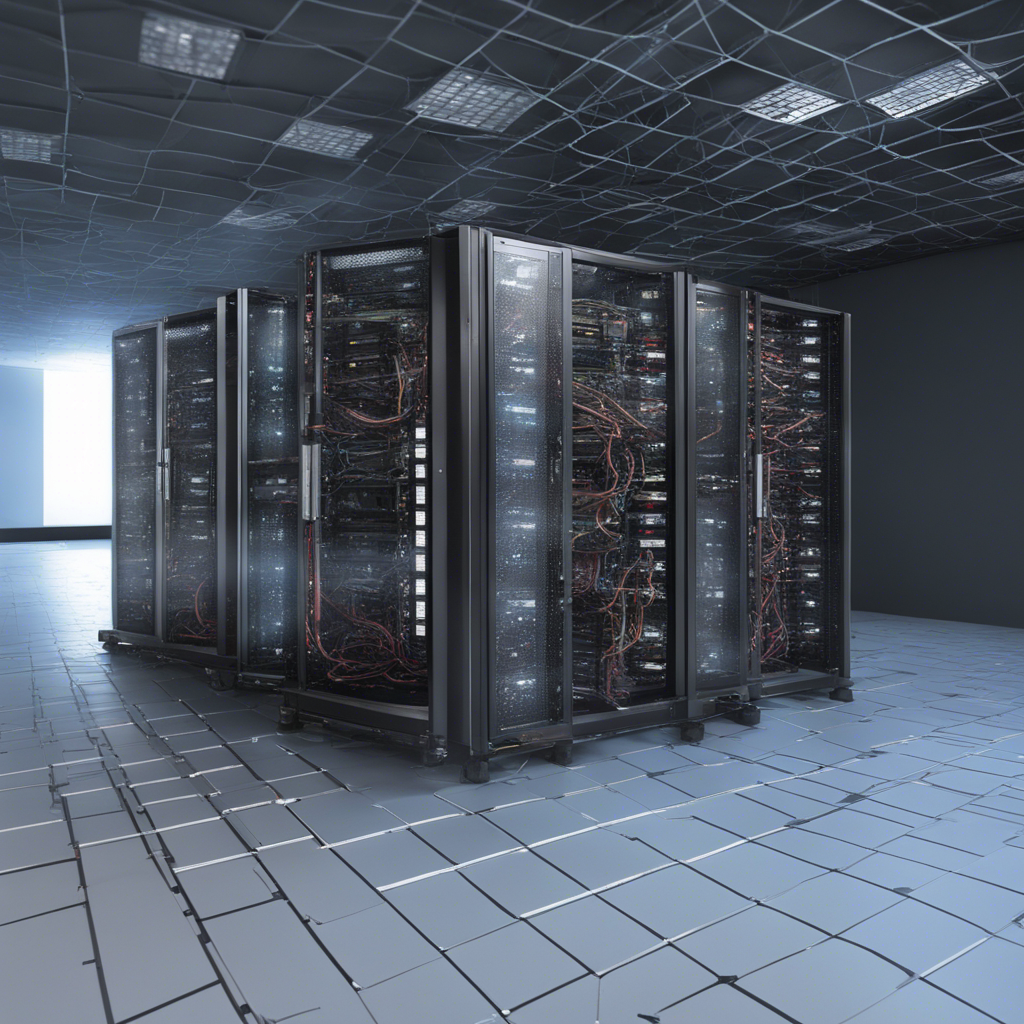
The Business Case for Adopting Edge Computing
In recent years, the rise of IoT devices, cloud computing, and data-intensive applications has led to a massive increase in data production. This unprecedented growth in data generation has presented challenges for traditional centralized data processing systems. To address these challenges, a new computing paradigm called edge computing has emerged. In this blog post, we will explore the business case behind adopting edge computing and discuss its benefits, use cases, and potential future implications.
What is Edge Computing?
Edge computing is a distributed computing model that enables data to be processed, analyzed, and stored closer to the source of data generation. Instead of relying on a centralized cloud infrastructure, edge computing brings computation and storage capabilities closer to the edge of the network, where data is produced. This approach reduces network latency, improves real-time decision-making, and enhances the overall performance of applications.
Benefits of Edge Computing
1. Reduced Latency
One of the key advantages of edge computing is its ability to reduce latency. With traditional cloud computing, data must travel to a centralized location for processing and then back to the user, resulting in significant delays. By bringing computation closer to the edge, edge computing minimizes latency and enables faster response times. This is crucial for time-sensitive applications such as autonomous vehicles, industrial automation, and real-time monitoring systems.
2. Improved Reliability
Centralized cloud infrastructure can be prone to network outages or disruptions. In contrast, edge computing distributes the workload across multiple edge devices. This decentralized approach enhances the reliability of the system by reducing the impact of potential failures. If one edge device experiences an issue, other devices can continue to function independently, ensuring continuous operation of critical applications.
3. Enhanced Privacy and Security
Edge computing offers improved data privacy and security compared to traditional cloud computing. As data is processed and analyzed closer to the source, sensitive information can be kept locally and not transmitted to the cloud. This reduces the risk of data breaches or unauthorized access. Additionally, by enabling local processing, edge computing allows for real-time data analysis without the need to transmit large volumes of raw data to the cloud, minimizing the exposure of sensitive information.
4. Bandwidth Optimization
The exponential growth in data production has put a strain on network bandwidth. Sending all data to a centralized cloud for processing can be expensive and inefficient. Edge computing alleviates this burden by performing data processing at the edge before sending only relevant and summarized information to the cloud. This optimization of bandwidth usage not only reduces costs but also enables organizations to focus their network resources on critical data transfers.
5. Scalability and Cost Efficiency
Edge computing offers scalability advantages by distributing workloads across edge devices. As the number of IoT devices continues to grow, edge computing enables organizations to handle increasing data volumes without overburdening the centralized cloud infrastructure. Moreover, edge computing can help reduce costs associated with data transfer and storage in the cloud, as only processed data or valuable insights are sent, rather than all the raw data.
Use Cases for Edge Computing
1. Industrial IoT
Edge computing is transforming industrial operations by enabling real-time monitoring, data analytics, and predictive maintenance. In manufacturing facilities, edge devices can collect data from connected sensors, machines, and production lines. This data can be processed locally to identify abnormalities, optimize performance, and prevent costly downtime. Edge computing also facilitates real-time control and automation, improving overall operational efficiency.
2. Smart Cities
Edge computing plays a critical role in the development of smart cities. By deploying edge devices in various locations, cities can collect and process data from a range of sources, such as traffic cameras, environmental sensors, and utility meters. This information can be analyzed locally to optimize traffic flow, monitor air quality, conserve energy, and enhance public safety. Edge computing also enables faster response times for emergency services and reduces reliance on centralized data centers.
3. Telecommunications
Telecommunications companies are leveraging edge computing to enhance network performance and deliver low-latency services. By deploying edge devices at cell towers or network aggregation points, data can be processed locally, reducing the distance and therefore the latency between the user and the application or content. Edge computing also enables the provision of services like content caching, video streaming, and augmented reality applications much closer to the end-user, resulting in improved user experience and customer satisfaction.
Future Implications
The adoption of edge computing is expected to surge in the coming years as 5G networks become more prevalent and IoT devices continue to proliferate. This rapid expansion will bring advancements in edge computing technologies, including powerful edge devices, advanced analytics capabilities, and standardized frameworks. Moreover, the integration of edge computing with artificial intelligence and machine learning will open up new opportunities for real-time decision-making and autonomous systems.
Conclusion
Edge computing offers numerous advantages for businesses across various industries. By reducing latency, improving reliability, enhancing privacy and security, optimizing bandwidth, and providing scalability, edge computing enables organizations to fully leverage the potential of IoT devices and data-intensive applications. Use cases in industrial IoT, smart cities, and telecommunications demonstrate the versatility and impact of edge computing. While still evolving, edge computing is poised to play a crucial role in the future of technology, empowering businesses to drive innovation, improve efficiency, and deliver superior user experiences.
References:






